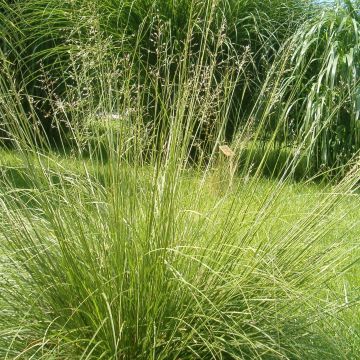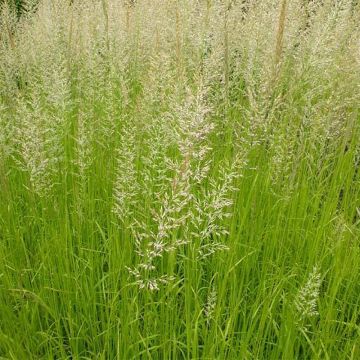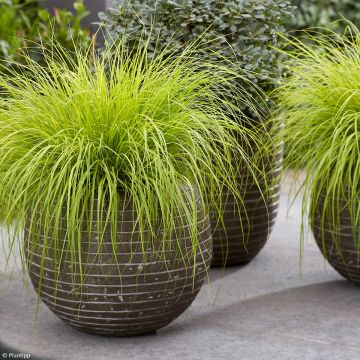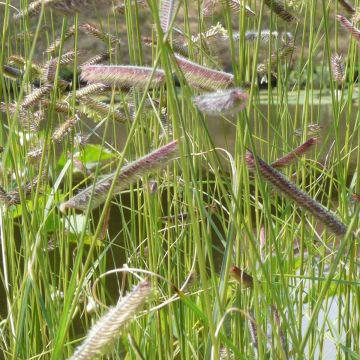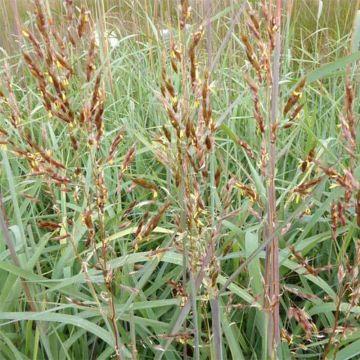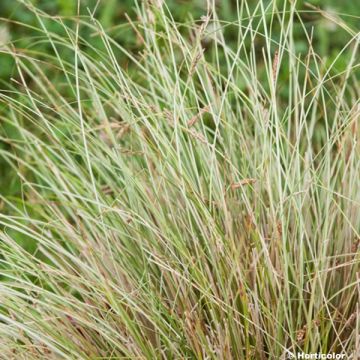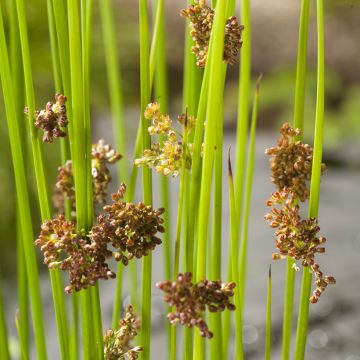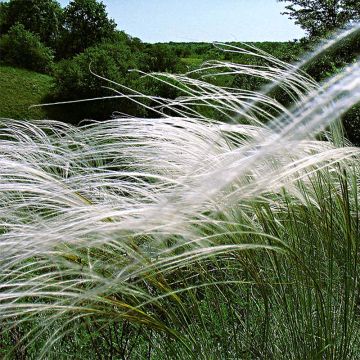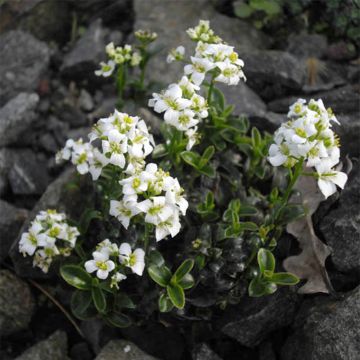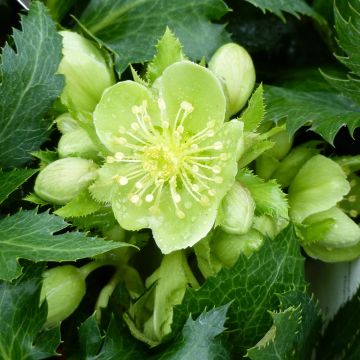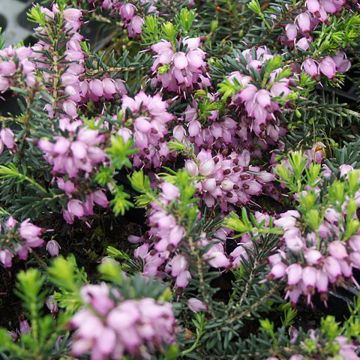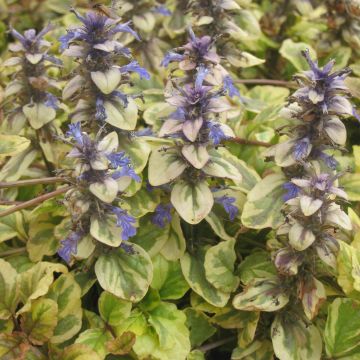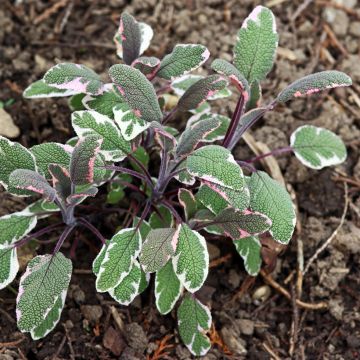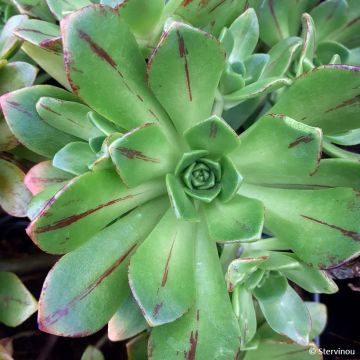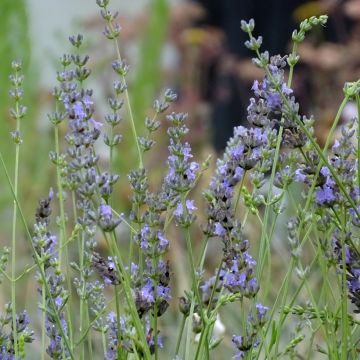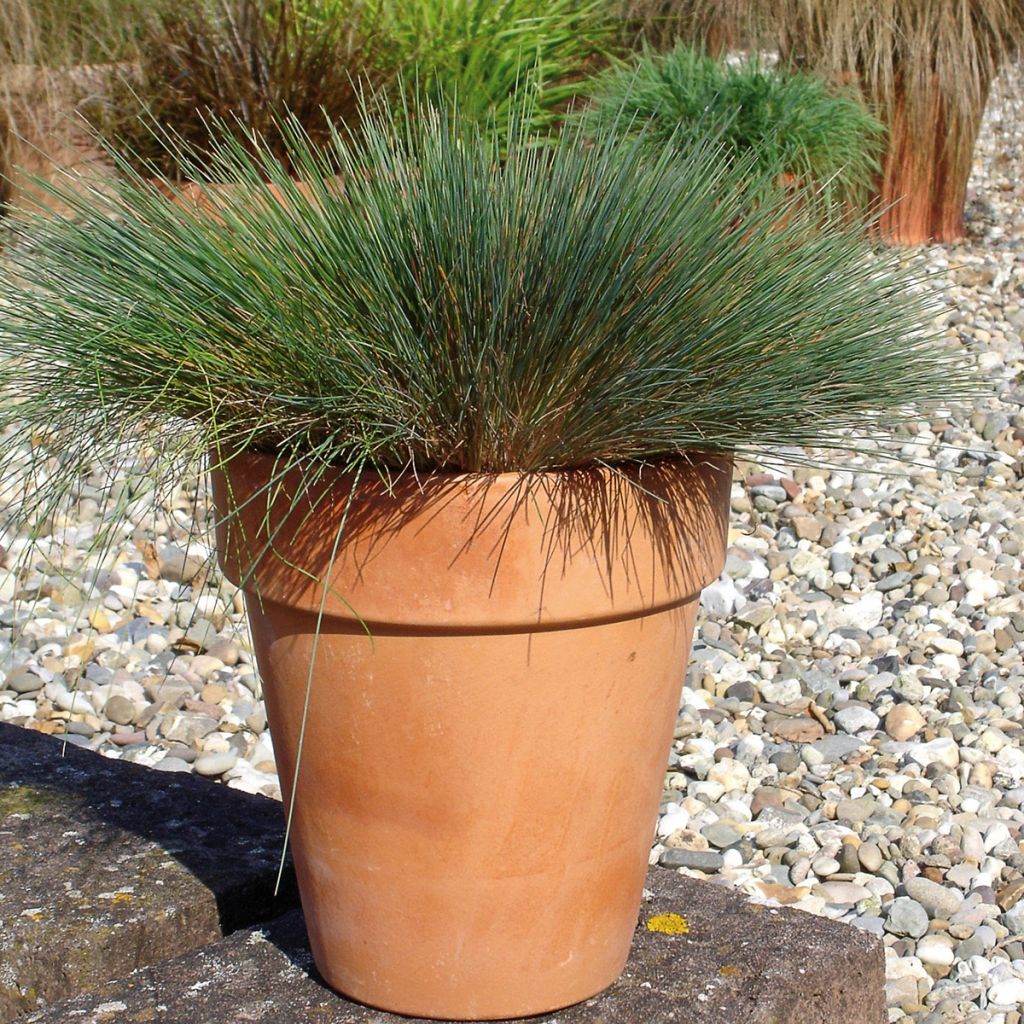

Corynephorus canescens Spiky Blue - Canche des sables
Corynephorus canescens Spiky Blue - Sand fescue
Corynephorus canescens Spiky Blue
Grey Hair-grass, Grey Clubawn Grass
This item cannot be shipped to the selected country
Delivery charge from €5.90
More information
Schedule delivery date,
and select date in basket
This plant carries a 12 months recovery warranty
More information
We guarantee the quality of our plants for a full growing cycle, and will replace at our expense any plant that fails to recover under normal climatic and planting conditions.
From €5.90 for pickup delivery and €6.90 for home delivery
Express home delivery from €8.90.
Does this plant fit my garden?
Set up your Plantfit profile →
Description
The Corynephorus canescens Spiky Blue', also known as the Silver Corynephorus, is a small evergreen grass of poor, sandy soils sometimes called Sand Rush. It is interesting for its sea urchin-like appearance and steel blue foliage that turns slightly reddish in summer, complemented by a late summer flowering with white panicles. It is a short-lived perennial plant that self-seeds where it is happy. Resistant to drought and sea spray, this Corynephorus is ideal for coastal areas, green roofs, and natural-style dry gardens.
The Corynephorus canescens Spiky Blue is a herbaceous perennial plant belonging to the large family of Poaceae. Its wild ancestor is native to Europe, the Middle East, and North Africa, but it is also found in North America. Its natural habitat consists of sandy or rocky, poor, well-drained soils with a tendency towards acidity or limestone. Its rootstock is described as tufted, meaning it does not have trailing rhizomes and is not invasive. However, its roots help stabilise dunes.
The 'Spiky Blue' cultivar was selected for its particularly bluish foliage. The plant forms a dense shrub with a rounded habit, measuring about 30 cm (12in) in all directions. Its upright culms have violet nodes and bear thread-like, very thin, and erect leaves. They are distinctly rolled, stiff, and rough. The flowering period is from May to July, varying depending on the climate. It takes the form of 40 cm (16in) tall floral stems with white panicles of spikelets.
The Sand Rush Spiky Blue is ideal for coastal areas, especially for stabilising dunes. Rocky and dry soils, as well as slightly arid slopes, are also favourable environments for this resilient grass. It is also highly ornamental as a border plant or in small clusters within larger gravel beds. It can also be trimmed short to create a lawn-like ground cover. It is used in green roofs, often accompanied by Calamagrostis, Stipa tenuifolia, tall sedums, and other grasses.
Report an error about the product description
Flowering
Foliage
Plant habit
Botanical data
Corynephorus
canescens
Spiky Blue
Poaceae
Grey Hair-grass, Grey Clubawn Grass
Western Europe
Other Ornemental grasses A to Z
Planting and care
The Corynephorus canescens 'Spiky Blue' likes very sunny places and poor, light, sandy or stony, degraded soils. Tolerant, it tolerates both acidic and neutral or slightly alkaline soils. A fairly hardy native plant, it withstands hot and dry summers well. In nature, this grass grows in dunes, almost entirely composed of pure, salty sand. It also tolerates sea spray very well. With a relatively short lifespan, this sand fescue readily self-seeds in light and sandy soils, but not always faithfully compared to the parent plant.
Excessive soil fertility is detrimental as it can encourage lush vegetation at the expense of flowers. A spring application of compost can be beneficial in very poor soils. Grasses are good plants for containers: use a compost based on potting soil and add 20% sand or fine gravel to lighten the mix. The foliage can be left until February, as it provides structure and movement in flowerbeds. The plants will then be pruned to 10 cm (4in) above ground level when growth resumes.
Planting period
Intended location
Care
This item has not been reviewed yet - be the first to leave a review about it.
Evergreen perennials
Haven't found what you were looking for?
Hardiness is the lowest winter temperature a plant can endure without suffering serious damage or even dying. However, hardiness is affected by location (a sheltered area, such as a patio), protection (winter cover) and soil type (hardiness is improved by well-drained soil).

Photo Sharing Terms & Conditions
In order to encourage gardeners to interact and share their experiences, Promesse de fleurs offers various media enabling content to be uploaded onto its Site - in particular via the ‘Photo sharing’ module.
The User agrees to refrain from:
- Posting any content that is illegal, prejudicial, insulting, racist, inciteful to hatred, revisionist, contrary to public decency, that infringes on privacy or on the privacy rights of third parties, in particular the publicity rights of persons and goods, intellectual property rights, or the right to privacy.
- Submitting content on behalf of a third party;
- Impersonate the identity of a third party and/or publish any personal information about a third party;
In general, the User undertakes to refrain from any unethical behaviour.
All Content (in particular text, comments, files, images, photos, videos, creative works, etc.), which may be subject to property or intellectual property rights, image or other private rights, shall remain the property of the User, subject to the limited rights granted by the terms of the licence granted by Promesse de fleurs as stated below. Users are at liberty to publish or not to publish such Content on the Site, notably via the ‘Photo Sharing’ facility, and accept that this Content shall be made public and freely accessible, notably on the Internet.
Users further acknowledge, undertake to have ,and guarantee that they hold all necessary rights and permissions to publish such material on the Site, in particular with regard to the legislation in force pertaining to any privacy, property, intellectual property, image, or contractual rights, or rights of any other nature. By publishing such Content on the Site, Users acknowledge accepting full liability as publishers of the Content within the meaning of the law, and grant Promesse de fleurs, free of charge, an inclusive, worldwide licence for the said Content for the entire duration of its publication, including all reproduction, representation, up/downloading, displaying, performing, transmission, and storage rights.
Users also grant permission for their name to be linked to the Content and accept that this link may not always be made available.
By engaging in posting material, Users consent to their Content becoming automatically accessible on the Internet, in particular on other sites and/or blogs and/or web pages of the Promesse de fleurs site, including in particular social pages and the Promesse de fleurs catalogue.
Users may secure the removal of entrusted content free of charge by issuing a simple request via our contact form.
The flowering period indicated on our website applies to countries and regions located in USDA zone 8 (France, the United Kingdom, Ireland, the Netherlands, etc.)
It will vary according to where you live:
- In zones 9 to 10 (Italy, Spain, Greece, etc.), flowering will occur about 2 to 4 weeks earlier.
- In zones 6 to 7 (Germany, Poland, Slovenia, and lower mountainous regions), flowering will be delayed by 2 to 3 weeks.
- In zone 5 (Central Europe, Scandinavia), blooming will be delayed by 3 to 5 weeks.
In temperate climates, pruning of spring-flowering shrubs (forsythia, spireas, etc.) should be done just after flowering.
Pruning of summer-flowering shrubs (Indian Lilac, Perovskia, etc.) can be done in winter or spring.
In cold regions as well as with frost-sensitive plants, avoid pruning too early when severe frosts may still occur.
The planting period indicated on our website applies to countries and regions located in USDA zone 8 (France, United Kingdom, Ireland, Netherlands).
It will vary according to where you live:
- In Mediterranean zones (Marseille, Madrid, Milan, etc.), autumn and winter are the best planting periods.
- In continental zones (Strasbourg, Munich, Vienna, etc.), delay planting by 2 to 3 weeks in spring and bring it forward by 2 to 4 weeks in autumn.
- In mountainous regions (the Alps, Pyrenees, Carpathians, etc.), it is best to plant in late spring (May-June) or late summer (August-September).
The harvesting period indicated on our website applies to countries and regions in USDA zone 8 (France, England, Ireland, the Netherlands).
In colder areas (Scandinavia, Poland, Austria...) fruit and vegetable harvests are likely to be delayed by 3-4 weeks.
In warmer areas (Italy, Spain, Greece, etc.), harvesting will probably take place earlier, depending on weather conditions.
The sowing periods indicated on our website apply to countries and regions within USDA Zone 8 (France, UK, Ireland, Netherlands).
In colder areas (Scandinavia, Poland, Austria...), delay any outdoor sowing by 3-4 weeks, or sow under glass.
In warmer climes (Italy, Spain, Greece, etc.), bring outdoor sowing forward by a few weeks.

































